A trade union, also known as a labor union, is an organization of workers who have grouped together, with the object of achieving a common goal of a better work environment, through attaining higher pay, increased hiring, reduced working hours, increased overtime, and more benefits. These organizations work as a collective bargaining agent and negotiate matters with the management. Like any other organization, the labor unions need strong leaders and the personality of those leaders counts a lot in the achievement of the objectives. Starting with some exaggerated figures from both sides, in most of cases the parties arrive at something acceptable. This, however, does not always happen and, many times, the negotiations come to an end without something conclusive, in which case the labor unions resort to a strike, which is their legal right. On May 1, 1919, violent riots erupted in Cleveland, Ohio, when the socialist leader Charles Ruthenberg initiated a May Day Parade.
1. Jimmy Hoffa
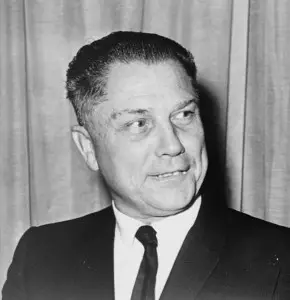
Jimmy Hoffa was born to Indiana native parents, John and Viola Hoffa, on February 14, 1913, in Brazil, Indiana. He disappeared on July 30, 1975, and was declared legally dead on July 30, 1982. He was an American labor union leader. He left school and started working at the age of fourteen years to support his family after the death of his father. He started organizing labor unions at a grocery chain where the workers’ wages and work environment were substandard. After refusing to comply with the instructions of an abusive foreman, he quit the job and became involved in the International Brotherhood of Teamsters (IBT), from 1932 to 1975, as an organizer. He played a pivotal role in making it the largest union in U.S. with more than 1.5 million members. In 1964, he was convicted of jury tampering and was sentenced to thirteen years of imprisonment.
2. Leon E. Bates, Sr.
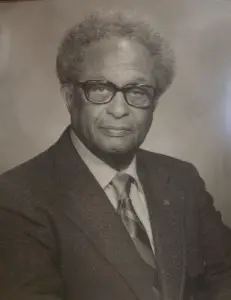
Leon E. Bates Sr. was born to Matilda Bates and Werner Bates on December 3, 1899, in Carrollton, Missouri. He attended Lincoln Institute before leaving for Detroit to find work in the early years of the First World War. He tried various odd jobs as a cab driver and a common worker, and even tried making home-made liquor during Prohibition. In 1935, he joined the Briggs Manufacturing Company of Detroit. He organized the labor at Briggs, and signed a collective bargaining agreement with the company. By 1937, Briggs was the largest employer of Negro workers. He became a well-known American labor leader of the United Auto Workers Union and maintained his leadership from 1937 to 1964.
3. Bob King
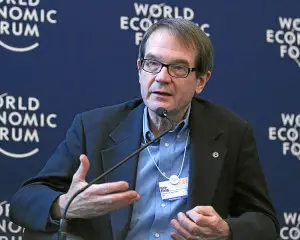
Bob King was the son of William J. King, Sr, who was the Director of Industrial Relations at Ford Motor Company. He was educated at the College of Holy Cross, Worcester, Massachusetts, and received his B.A. in Political Science from the University of Michigan. In 1970, he got a full time job in the Detroit Parts Depot of Ford. As an apprentice electrician, he became the member of the local UAW. He was elected president of the 17,000 members Local in 1987 and, along with Stephen Yokich, bargained with Ford. During the automotive industry crisis of 2008-2010, King bargained to save the Ford Motor Company from bankruptcy.
4. Joe Hill
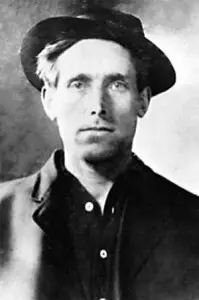
Joe Hill was born to Olof and Margareta Catharina Hill, on October 7, 1879, in Gayle, Sweden, and died on November 19, 1915. His father died at the early age of 41 years and Hill’s mother had to work hard to survive. In his twenties, Hill fell seriously ill, and had to undergo prolonged medical treatment. At the time of 1906 earthquake, he was in San Francisco, California. He is best known as a Swedish American Labor Activist and for being a member of the International Workers of the World commonly known as IWW. In 1914, he was convicted of the murders of John Morison and his son. Joe Hill was executed in November 1915.
5. Samuel Gompers
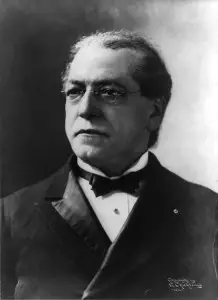
Samuel Gompers was born to a Jewish family on January 27, 1850, in London, and died on December 13, 1924. He received his early education at the Jewish Free School. At the age of only ten he worked as an apprentice cigar maker to support his poor family. At the age of fourteen, he became a cigar maker union’s activist. He is best known as a labor union leader in the American History. He was president of the American Federation Labor 1886 to 1924. Recalling his early days as a cigar maker, he said, ‘If there were enough windows, we had sufficient light for our work; if not, it was apparently no concern of the management. Cigar shops were always dusty from the tobacco stems and powdered leaves’.
6. John L. Lewis
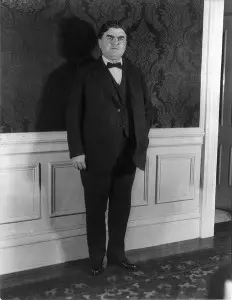
John Llewellyn Lewis was born to Thomas H. Lewis and Ann Watkins Lewis on February 12, 1880 in Cleveland, Iowa, and died on June 11, 1969. Cleveland was a Company town built near Lucas, around a coal mine, where he started working at the age of seventeen. In 1906, he became a delegate to the United Mine Workers and traveled extensively in connection with labor union activities. He is best known as an energetic, bold, and aggressive labor leader in the history of coal mining. He played an important role in the establishment of the Congress of Industrial Organization and United Steel Workers of America.
7. Walter Reuther

Walter Philip Reuther was born on September 1, 1907 in Wheeling, West Virginia, and died on May 9, 1970, at the age of 62 years, in Pellston, Michigan. In 1927, he joined the Ford Motor Company as a tool and die maker. In 1932, following the Great Depression, he was laid off. From 1933 to 1935, he worked in an Auto plant GAZ, in Gorky, in the Soviet Union. Starting from 1946, he served as the president of the United Auto Workers for 23 years. He came into prominence as a labor leader. Three attempts were made to murder him. He believed in will power and said, ‘You have to make up your mind whether you are willing to accept things as they are, or whether you are willing to try to change them.’
8. A. Philip Randolph
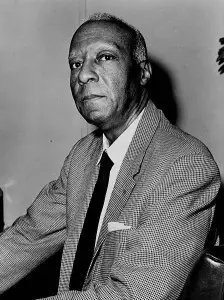
Asa Philip Randolph was born on April 15, 1889 in Crescent City, Florida, and died on May 16, 1979, at the age of 90 years, in New York City. He is best known for organizing the first notable black labor union, named the Brotherhood of Sleeping Car Porters. He also led the March on Washington, in the early civil rights movement. Following this March, President Franklin D. Roosevelt issued the Executive Order 8802 ,which banned discrimination in the defense industries during the Second World War. After the war, in 1948, he convinced President Harry S. Truman to issue Executive Order 9981 to end segregation in the armed forces.
9. Cesar Chavez
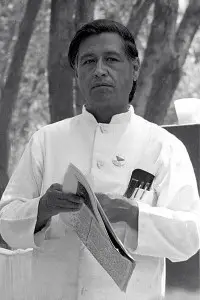
Cesar Estrada Chavez was born on March 31, 1927 in Yuma, Arizona, and died on April 23, 1993, at the age of 66 years, in San Luis, Arizona. He won nation-wide support of the farm workers due to his aggressive but non-violent approach. He was strongly supported by the American Labor Movement. By the 1970s, he was bargaining agent for more than 50,000 field workers. He is best known as a labor leader and a Civil Rights activist. The Chavez family had to work hard to survive. The family used to pick seasonal crops like peas, lettuce, cherries, grapes, and cotton. Along with Dolores Huerta, He co-founded the United Farm Workers Union.
10. Tom Mann
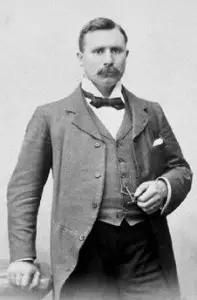
Tom Mann was born on April 15, 1856 in Langford and died in 1941. He attended school only between six to nine years of age. After that, he started working as a common laborer. His family moved to Birmingham, where he found work as an engineering apprentice. He joined the Social Democratic Federation in 1884, in Battersea. He met John Burns and Henry Hyde Champion, who encouraged him to publish a pamphlet calling for an eight-hour work day. He founded the Eight Hour League, which convinced the Trade Union’s Congress to adopt the eight-hour day as the main objective.
Conclusion
For quite a long time in history, labor unions were regarded as illegal. It required efforts on the part of many labor leaders to first get the right of forming labor unions and then to achieve the targeted objectives of those unions through the labor movement. This pivotal role of labor unions is, at times, just disregarded. Barack Obama said, ‘It was the labor movement that helped secure so much of what we take for granted today. The 40-hour work week, the minimum wage, family leave, health insurance, Social Security, Medicare, retirement plans. The cornerstones of the middle-class security all bear the union label.’








October 12, 2018 5:32 am
Re. Joe Hill, you’ve got a mistake in your text. It’s the INDUSTRIAL Workers of the World, not International. I know because I am the editor of the IWW’s quarterly magazine, “Industrial Worker” and a proud Wobbly.